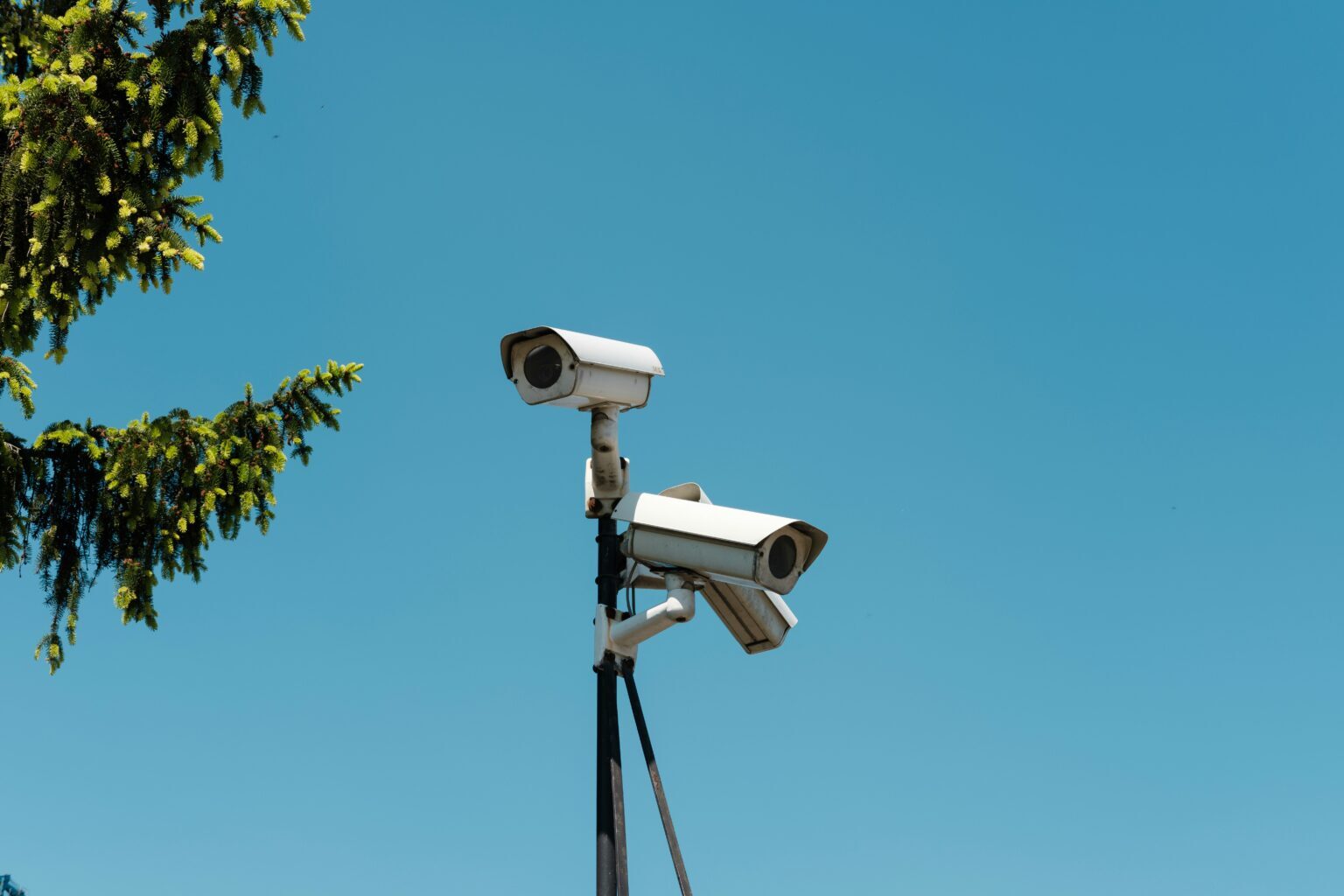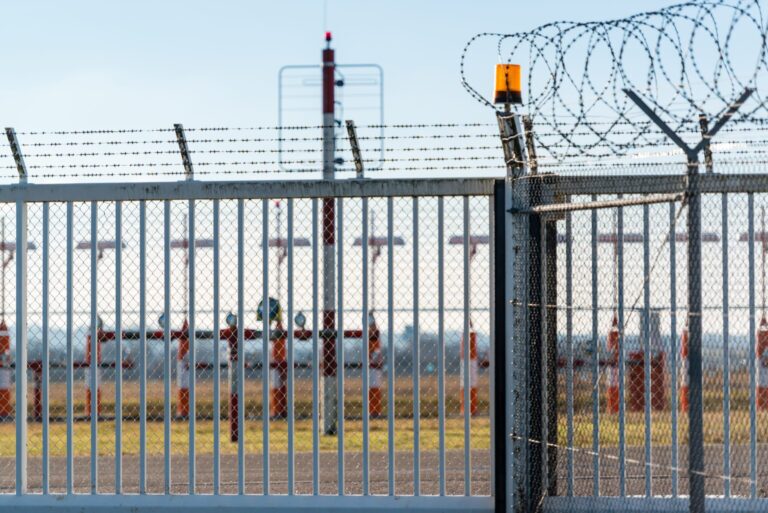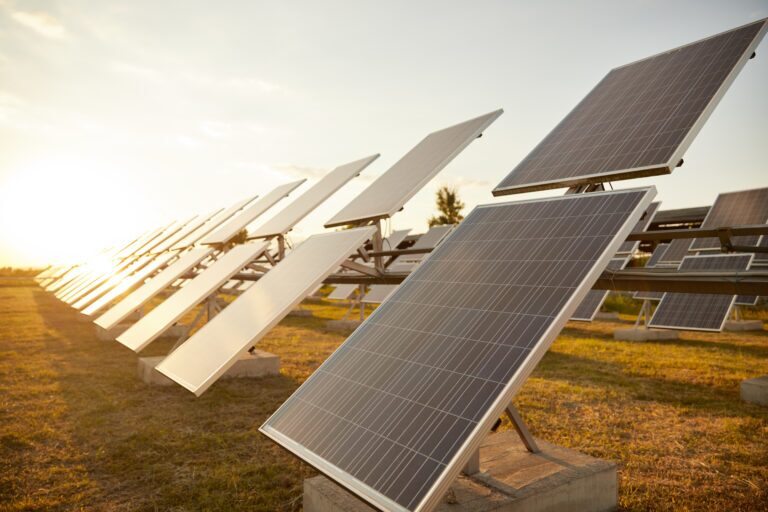Precision, range, and reliability define the success of any security system. Whether deployed at critical industrial facilities, airports, or expansive outdoor sites, selecting the right security technology is crucial. From video cameras and thermal sensors to radar and advanced security LiDAR technology, each solution offers unique capabilities – along with inherent limitations.
This article provides a structured overview of the most relevant technologies and shows how intelligent sensor fusion ensures maximum perimeter protection.
Video Cameras: The Classic 2D Surveillance Tool
Video cameras have long been the cornerstone of security technology. They capture reflected light, convert it into digital image data, and provide high-resolution real-time streams. Their greatest strength lies in accurately identifying intruders, especially under favorable lighting conditions. Modern video analytics classify motion, detect anomalies, and automate alerts.
Another advantage is cost efficiency. Decades of widespread use have made camera systems affordable, highly standardized, and compatible with almost any existing security infrastructure. Many sites are historically designed around camera-based architectures, making integration straightforward from both a technical and financial perspective.
However, video cameras face challenges in poor lighting or adverse environmental conditions such as darkness, strong glare, or severe weather. Shadows, reflections, and wind-moved vegetation often trigger false alarms. Privacy concerns are also a recurring issue, since individuals can be visually identified.
Key takeaway: Video cameras provide high detail and easy integration, but they are most effective when complemented by additional security sensor technology.
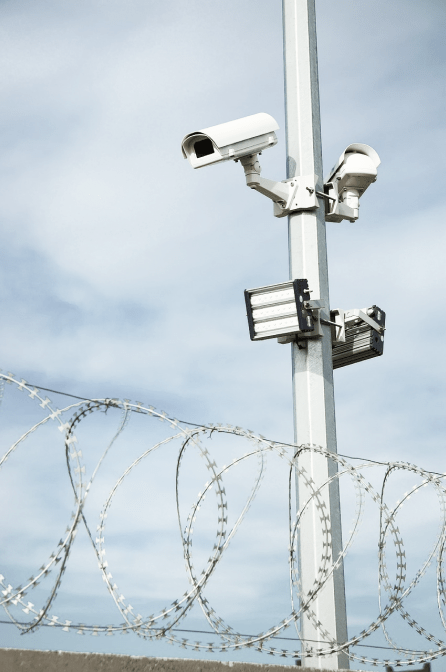
Thermal Cameras: High-Precision Heat Detection
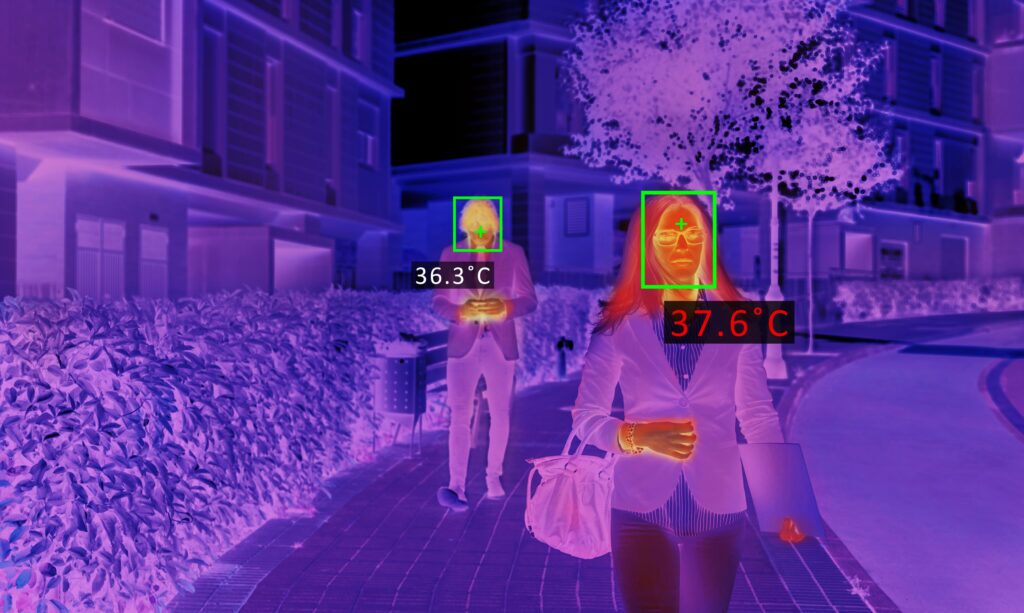
Thermal cameras detect objects based on their heat signatures, functioning independently of visible light. They reliably identify intruders in complete darkness, smoke, or light fog and can cover wide areas. Because they record only abstract thermal data rather than identifiable imagery, they offer built-in privacy advantages.
Their limitations include lower image resolution, which makes object verification more difficult, and reduced performance under heavy rain or dense fog that dampens thermal emissions. They also cannot detect objects behind insulating materials like glass or plastic.
Key takeaway: Thermal cameras enhance visibility in poor conditions but cannot fully replace standard cameras.
Radar Technology: Long-Range Detection Without Visual Data
Radar sensors emit microwaves and analyze the reflected signals to determine movement, distance, and speed. Their analytical strength lies in detailed signal processing: radar not only detects objects but also provides precise information on direction of travel, velocity, range, and angle. This allows both moving and stationary objects to be detected and tracked with high reliability – an essential input for robust security decisions.
Radar is largely unaffected by darkness or harsh weather and is privacy-preserving, as it produces no visual identifiers. It is especially suitable for large sites and border-security applications.
The trade-off is lower spatial resolution, which limits object identification. Very small objects or extreme weather, like heavy rain or snow, may reduce accuracy and increase false alarms.
Key takeaway: Radar is excellent for early movement detection but cannot replace visual assessment.
2D LiDAR: Precision Monitoring on a Single Plane
2D LiDAR sensors, established tools in perimeter protection, use laser beams to scan an environment along a single horizontal or vertical plane. They deliver precise distance and angle measurements and provide privacy-friendly motion data independent of lighting or visibility.
Their robustness against weather, low maintenance requirements, and stable performance make them ideal for applications such as virtual fences and façade monitoring. Because 2D LiDAR identifies movement along predefined lines with high accuracy, it reduces false alarms common in purely optical systems.
However, its one-plane detection inherently creates blind zones: anything above or below – or in front or behind – that plane remains unnoticed. The technology also lacks information about object size or shape, which can still lead to false alarms from small animals or vegetation.
Key takeaway: 2D LiDAR is ideal for line, fence, and façade monitoring, but requires complementary sensors to eliminate blind spots.
3D LiDAR: Three-Dimensional Precision for Advanced Security
3D LiDAR marks a significant advancement in security lidar technology. Like 2D LiDAR, it emits laser pulses and analyzes the reflections, yet it extends detection into the third dimension. The result is a dense 3D point cloud that represents each object’s position, shape, and size with exceptional detail. This allows highly accurate classification of intruders and clearly distinguishes between people, animals, and vegetation, dramatically reducing false alarms.
3D LiDAR operates operates independently of lighting conditions and is privacy-friendly, as it does not capture any personally identifiable images. It provides detailed, real-time information on the movement, speed, and position of objects. Thanks to this comprehensive analysis capability, 3D LiDAR is particularly suited for demanding security environments such as airports, industrial facilities, or critical infrastructure, where the highest level of precision is required.
Despite its many advantages, 3D LiDAR also has certain limitations. Processing and analyzing the large volumes of data traditionally requires powerful hardware and specialized software, which adds investment and maintenance costs. Modern, smart 3D LiDAR sensors address this challenge: with integrated data processing, they eliminate the need for an external computing unit, are comparatively more cost-efficient (though still more expensive than some of the other technologies mentioned due to their complex sensor design), and significantly reduce maintenance requirements. However, highly reflective surfaces such as glass or metal can scatter the laser beams, making data interpretation more challenging.
In the spotlight: QbProtect – Smart 3D Security LiDAR for Reliable Perimeter Protection
The 3D LiDAR sensor QbProtect is specifically designed for demanding security environments such as industrial facilities, airports, and critical infrastructure. Fully integrated data processing takes place within the device: the system precisely detects threats based on shape, size, and movement, significantly reducing false alarms.
Thanks to its robust solid-state design (IP67), privacy-friendly 3D point clouds, and seamless integration with leading VMS/PSIM platforms, QbProtect is a powerful solution for modern security systems.
Key takeaway: 3D LiDAR delivers highly accurate 3D data, reliable object detection, and significantly reduces false alarm rates. Independent of lighting conditions, privacy-friendly, and dependable even over long distances, this security technology is ideal for demanding applications, though it requires investments in hardware and software.
Security technology overview
| SENSOR / TECHNOLOGY | PRECISION | WEATHER TOLERANCA | FALSE ALARMS | PRIVACY | INTRUDER IDENTIFICATION | COST |
|---|---|---|---|---|---|---|
| Video Cameras | High (visual identification) | Medium (heavy rain/snow problematic) | Medium-High (shadows, vegetation) | Low (persons identifiable) | Very good under good lighting conditions | Low |
| Thermal Cameras | Medium (thermal image, less detail) | Medium (heavy rain or dense fog reduces performance) | Medium | High (thermal signature only) | Good, even at night or in poor visibility | Medium-High |
| Radar | Medium-Low (object detection, no shape details) | High | Medium-Low | High (no visual identification) | Limited, only detects movements | Medium |
| 2D LiDAR | High along the plane (positional information) | High | Medium-Low | High (no visual identification) | Good along the plane, movements reliably detected | Medium-High |
| 3D LiDAR | Very High (3D point clouds, shape & size) | High | Low | High (no visual identification) | Very good, reliably distinguishes between different object sizes | Medium-High |
Conclusion: Sensor Fusion as the Key to Optimal Security Technology
No single piece of security technology can meet all the requirements of modern perimeter protection. Video cameras deliver high-resolution imagery; thermal cameras excel in darkness; radar covers extensive distances; 2D LiDAR performs reliably in all weather; and 3D LiDAR offers precise three-dimensional detection.
One effective strategy is sensor fusion – a layered approach that combines multiple technologies. By integrating video, radar, thermal sensors, and LiDAR systems, organizations create a resilient and comprehensive security architecture that minimizes false alarms, enhances situational awareness, and ensures reliable detection under all light and weather conditions.
Within this mix, security lidar technology plays a central role: LiDAR systems provide precise distance measurements and highly reliable object detection, building the pillar of efficient security concepts. Together with thermal and visual sensors, they form a sophisticated, future-proof defense for critical sites, industrial facilities, and extensive perimeters.
In short: Maximum security today includes the intelligent combination of complementary security sensor technologies. A well-designed multi-sensor system harnesses the strengths of each component, delivering a robust, scalable, and highly dependable perimeter protection solution.

